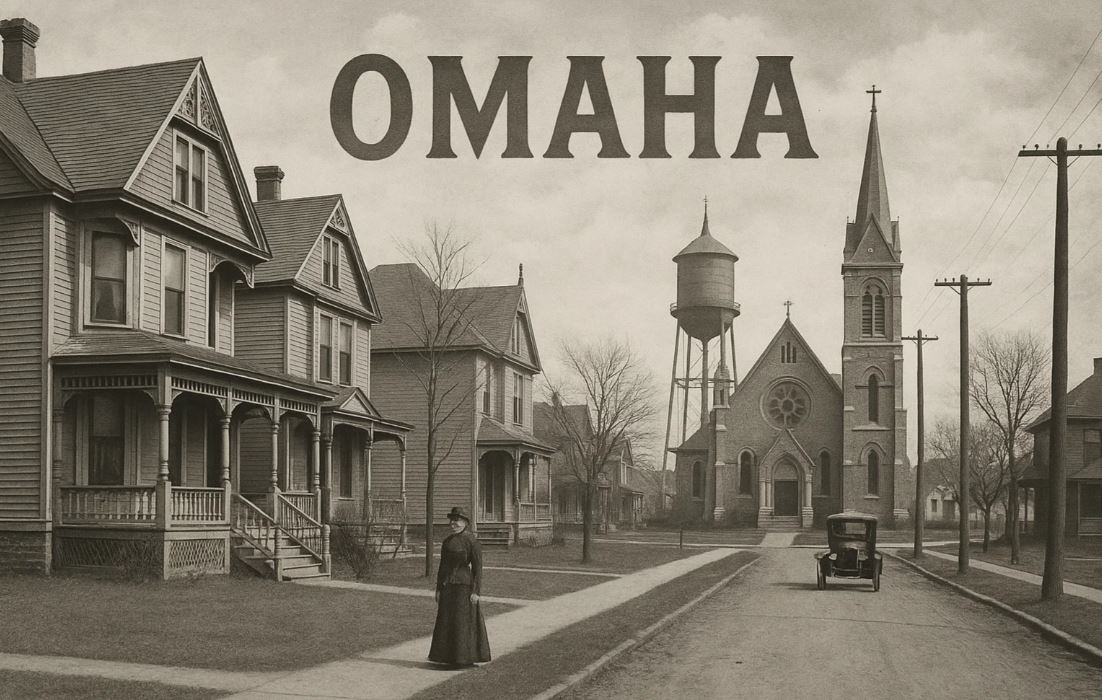Discover the story of Mollie and Abe Singer in Omaha: An exploration of memory, legacy, community, and cultural resilience.
If you’ve ever stumbled upon the names Mollie and Abe Singer in Omaha, you probably noticed how they linger without giving too much away. Their story doesn’t sit neatly in one corner of history. Instead, it stretches across memory, cultural inheritance, and the subtle ways people leave their mark on a community, much like how iconic figures captured in Jet Magazine archives preserved stories that might otherwise have been forgotten.
Unlike the loud, billboard-sized figures of history who dominate textbooks, Mollie and Abe Singer belong to a quieter but no less significant register: everyday lives woven into the fabric of Omaha’s Jewish community, a community that itself has roots shaped by migration, resilience, and reinvention.
But who were they, really? And what makes their names continue to echo in conversations about Omaha’s past and cultural preservation? To answer that, we have to walk through a layered narrative, part history, part reflection, and part detective work.
What You'll Discover:
The Jewish Footprint in Omaha
Before zeroing in on Mollie and Abe, it’s worth grounding ourselves in the backdrop. Omaha’s Jewish community may not be as large as those in New York or Chicago, but it has played a crucial role in the city’s cultural and economic growth.
The first Jewish immigrants arrived in the mid-19th century, mostly German Jews seeking business opportunities along the Missouri River trade routes. By the late 1800s and early 1900s, Eastern European Jews fleeing pogroms added another wave of settlement. Omaha became a place where Jewish families could pursue opportunity while building new institutions, synagogues, community centers, and cultural organizations.
The Jewish Federation of Omaha, the Jewish Community Center, and synagogues like Beth El and Beth Israel became pillars. But equally important were individuals and families, who built businesses, supported schools, and anchored neighborhoods. Mollie and Abe Singer fit into this landscape, not as monumental celebrities, but as part of the intricate web that holds a community together.
Mollie and Abe Singer: Piecing Together Their Story
Here’s where the trail becomes more personal. Mollie and Abe Singer were remembered in community archives, family trees, and local remembrances. Their lives reflect the archetype of Jewish immigrant perseverance but with distinct Omaha characteristics.
- Mollie carried the weight of continuity. Her role wasn’t just as someone’s spouse or someone’s parent, but as a cultural transmitter, ensuring that traditions, recipes, and rituals didn’t vanish in the transition from old world to new. Families like hers were the reason Shabbat dinners, Yiddish expressions, and holiday observances stayed alive in Nebraska.
- Abe, on the other hand, embodied the practical resilience of Jewish men in Omaha at the time, working hard, carving out opportunities, and keeping the family anchored while navigating a city that was both welcoming and challenging for Jewish immigrants.
When you think about their legacy, it’s not about one grand event. It’s about hundreds of small ones: attending synagogue services, contributing to fundraisers, mentoring younger generations, helping neighbors during tough times. These daily actions, though rarely documented in detail, are what built a strong, enduring Jewish community in Omaha.
Omaha in the Mid-20th Century: A World They Knew
The Omaha that Mollie and Abe would have known was a city in flux. Post-war America was reshaping cities like Omaha through suburbanization, industrial expansion, and social change. Jewish families often transitioned from older, urban neighborhoods to suburban areas, mirroring national trends.
But Omaha wasn’t without its contradictions. While Jewish residents integrated into the city’s professional, commercial, and civic life, antisemitism lingered in subtle forms. Restricted neighborhoods, exclusionary country clubs, and whispered prejudices reminded Jewish families that acceptance was always conditional.
For families like Mollie and Abe’s, living in this context meant balancing pride in their identity with the practical necessity of resilience. They were part of the city yet always slightly set apart. This in-betweenness makes their story particularly compelling, it reflects not just survival, but also quiet flourishing.
Legacy Through Institutions and Memory
The Singers’ influence doesn’t lie in monuments or statues but in institutions and memory. Families like theirs were often among the donors and volunteers who made Omaha’s Jewish institutions thrive. The Jewish Community Center wasn’t just a gym or cultural hub, it was a space where identity was preserved, and where people like Mollie and Abe could see their community reflected back at them.
And legacy isn’t always obvious. It might surface in a scholarship fund, a plaque on a synagogue wall, or a grandchild carrying forward a family name. In this sense, Mollie and Abe’s story isn’t just about the past; it’s about continuity. They stand as placeholders for the countless Jewish families in Omaha whose names don’t make headlines but whose lives made a difference.
The Universal in the Specific
What makes their story compelling is how it resonates beyond Omaha. Every community has its Mollies and Abes, figures who don’t dominate newspaper front pages but who keep traditions alive, raise families, support institutions, and provide the connective tissue that makes a city more than just a collection of buildings.
Their story reminds us that history isn’t just written by the powerful. It’s written, too, in kitchens, at fundraising dinners, in synagogue pews, and in the lived experiences of ordinary people who did extraordinary things simply by holding on.
Key Takings
- Mollie and Abe Singer’s story represents the strength of Omaha’s Jewish community.
- Their legacy lies in continuity, cultural preservation, and resilience, not in public accolades.
- Omaha’s Jewish history is deeply tied to migration, adaptation, and community-building.
- Families like the Singers show how everyday lives shape broader social and cultural landscapes.
- Remembering them is less about nostalgia and more about understanding how community identity endures.
Additional Resources:
- Jewish Federation of Omaha: Offers rich archives and community programs preserving Jewish history and culture in Nebraska.
- Omaha Jewish Press: A longstanding local publication chronicling the life, events, and voices of Omaha’s Jewish community.





